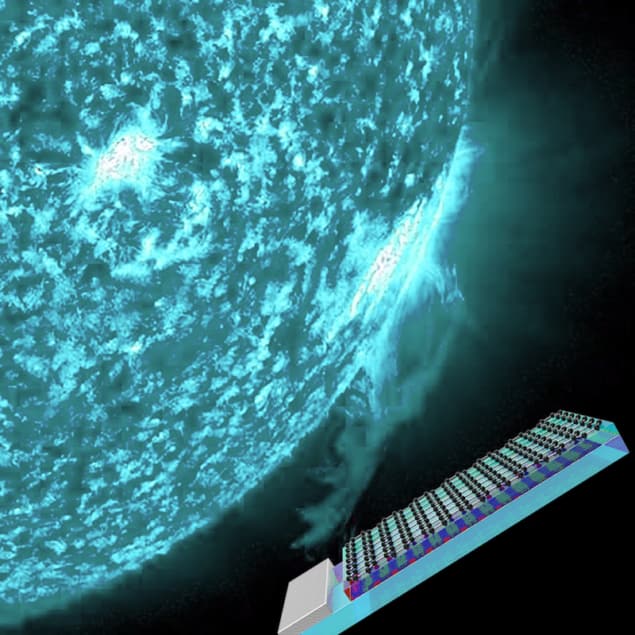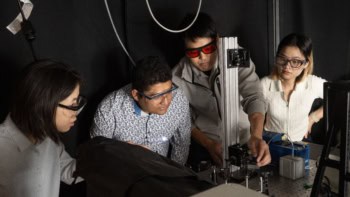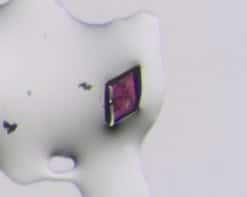
New generation semiconductor-based vacuum-ultraviolet (VUV) detectors that replace traditional heavy and energy-hungry microchannel detection systems could be used to better study how stars form and evolve. Making such detectors is proving to be no easy task, but a novel heterojunction device based on highly-crystalline, multi-step epitaxially-grown aluminium nitride (AlN) and p-type graphene shows promise here. The new detector has an encouraging VUV photoresponse and high external quantum efficiency (EQE). It is also extremely fast with a response time of just 80 nm, which makes it 104 to 106 times faster than current VUV photoconductive devices.
VUV photodetectors work in the 10–200 nm wavelength range and are widely employed in cosmic chemistry and space science – for example, to study how nebulas expand and to monitor solar storms. Today, satellites and spacecraft mainly carry violet chromatographs and microchannel plates. These are not only heavy, and so contribute to increased launch costs, but they are also power-hungry and require thousands of volts to operate.
Researchers have made much progress in developing photoconductive-type VUV photodetectors in recent years, but photovoltaic-type ones would be better, since they require zero power. Their charge signals also linearly increase with light intensity and they are fast and highly sensitive. The problem here, however, is that good transparent electrode materials for use in such detectors that allow VUV light to pass through unheeded are still lacking.
A new heterojunction device based on p-type graphene, which, according to new work by researchers in China, transmits up to 96% of VUV light, represents a breakthrough for this type of detector. It consists of a highly-crystalline AlN film, which acts as the VUV absorbing layer for photogenerated charge carriers, covered with p-type graphene as the transport electrode that collects excited holes.
Studying ultrafast dynamic celestial processes
The team, led by Feng Huang of the School of Materials at Sun Yat-Sen University in Guangzhou found that when illuminated with 180 nm VUV light, the device forms a 1.7 V open-circuit voltage and (in the absence of bias) produces a photocurrent with a high EQE of over 42%. This high value comes thanks to graphene’s high charge mobility and the fact that it collects holes with high efficiency, say the researchers. And that is not all: under nanosecond VUV pulse irradiation its response time is only 80 ns, which is 104 to 106 times faster than that of existing photoconductive-type VUV devices. Such high speed could come in useful for studying ultrafast dynamic celestial processes – for example, to determine the chemical composition of coronal jets in a solar storm, says Huang.
“The new VUV-light-detecting device, being much lighter than existing detectors, could also help lower launch costs of the spacecraft carrying it,” he tells nanotechweb.org.
The detector is described in ACS Nano DOI: 10.1021/acsnano.7b06633.



